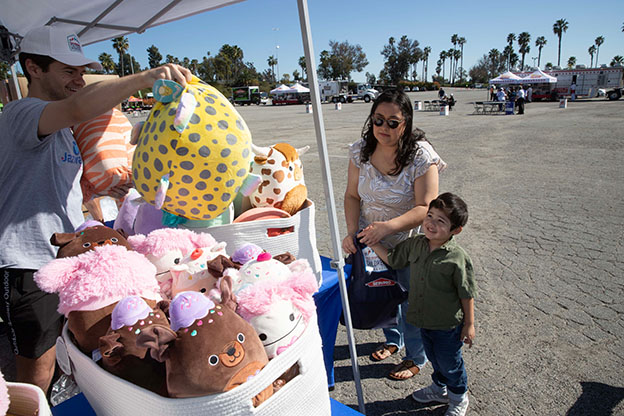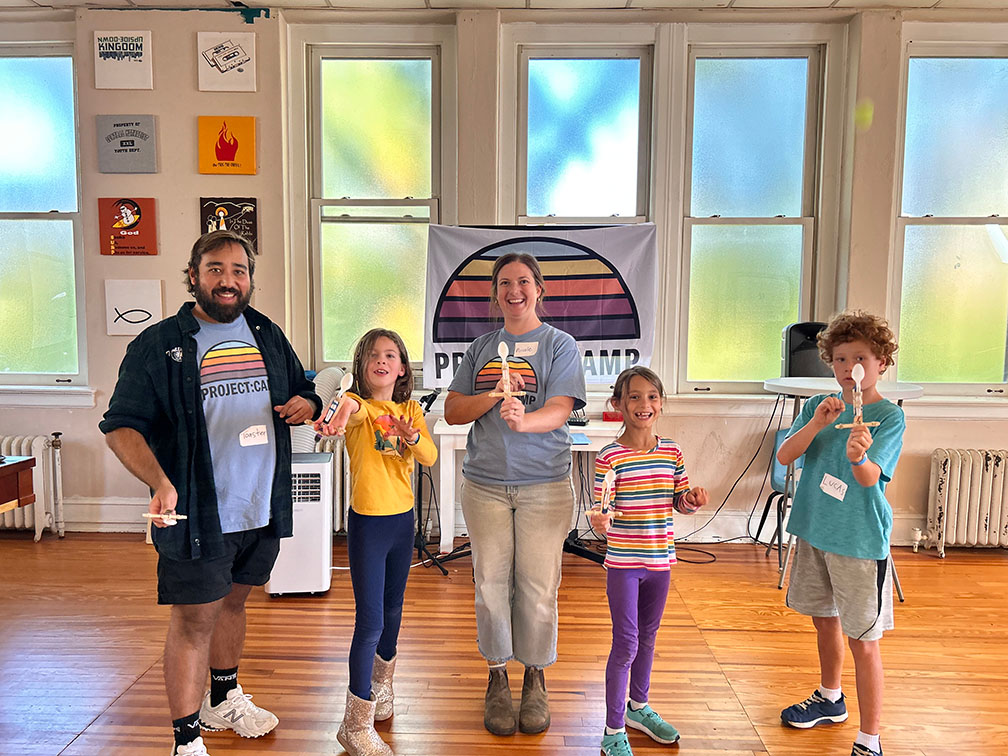Writing grants can sometimes feel like a big gamble. It takes a lot of work to put together a good proposal. The competition is fierce, and the chances of getting selected can be slim.
This reality is counterbalanced by the fact that there is a lot of funding out there from government agencies, municipalities, foundations, private donors, and other nonprofits. Someone is getting this money.
It just takes the right organization to make the right proposal.
Here are some tips to avoid wasting your time and to ensure that you’re positioning your project in the best possible way.
Mistake #1: Focusing too much on your needs and not enough on your strengths
Funders are usually very aware of the needs of their community. What they’re looking for is the right nonprofit organization to develop a realistic and effective solution. They want to know: Is this a good solution and is this the right organization to accomplish it?
To stand out during the grantmaking process, convey why you’re uniquely positioned to solve the problem based on your organization’s expertise, experience and strategy. But a lot of charities focus too much on what they want—at the expense of clearly communicating what they can do if they get funded.
Show the funder why you’re the organization to tackle this particular problem.
Mistake #2: Failing to convey a sense of urgency
Unfortunately, there are a lot of problems to solve and not enough resources to go around. So funders need to prioritize where to focus their efforts—and money. As an organization asking for funding, you always need to be able to answer this key question: Why now?
- Is the problem reaching a critical inflection point? For example, many scientists believe we are very close to reaching the tipping point in terms of fighting climate change.
- Have there been changes to the political environment that make your initiative particularly urgent? For example, the overturning of Roe v. Wade is expected to dramatically change access to abortion in many states.
- Is there heightened awareness of the issue and perhaps more pressure on communities to come up with solutions? For example, the protests in the wake of George Floyd’s death showed us just how much more work needs to be done to dismantle persistent inequalities.
Mistake #3: Not painting a picture of what success looks like
Every organization applying for a grant should have a very concrete sense of what the transformation will look like after the project is completed. In storytelling terms, we call this the “Promised Land.” You need to show funders what the promised land will look like. Be as specific as possible. What metrics or data will show that your organization achieved its plan? How will things actually change on the ground?
You want to convey an inspiring vision of the future, but you also want to be realistic. By communicating what you see as the promised land, you also give funders more confidence that you know what it will take to get there.
Mistake #4: Forgoing an independent review of your proposal
Every writer needs an editor. Or two. It’s always a good practice to show your completed proposal to someone who can offer you honest and constructive feedback. Ideally, this person would be someone outside of your immediate team or organization, but who still have some awareness of the issues you’re trying to tackle.
An outside review may take a bit more time, but it will only serve to clarify and strengthen your proposal. Sometimes it takes a neutral third-party to see our blind spots.
Mistake #5: Not taking the time to build relationships
The nonprofit world is a small one. When it comes to getting grants, nothing can replace your network. It’s just like finding a job. It really is who you know.
A lot of the work is done before you ever put a word on the page (or your screen). Funders talk to each other. They get referrals and recommendations. Therefore, creating visibility for your organization and for yourself as nonprofit leader is essential. Invest in putting out good content and thought leadership (see Good360’s blog for an example of this). Go to conferences. Attend webinars. Be active on social media. Learn to outreach so you can be included in “invite-only” funds. Look for opportunities to form partnerships and collaborations.
We know that researching and applying for grants takes a ton of time. That’s why we’ve partnered with GrantStation to provide some help to our nonprofit partners.
GrantStation.com, Inc. offers nonprofit organizations, educational institutions, and government agencies the opportunity to identify potential funding sources for their programs or projects as well as resources to mentor these organizations through the grant-seeking process. With a membership, you will be able to find timely grant opportunities, build a strong grant-seeking program, and write winning grant proposals.
As a Good360 member, you have access to their bi-annual discount sale of over 80% off the retail price. Our fall two-day sale begins November 8th. Click here for more information.








